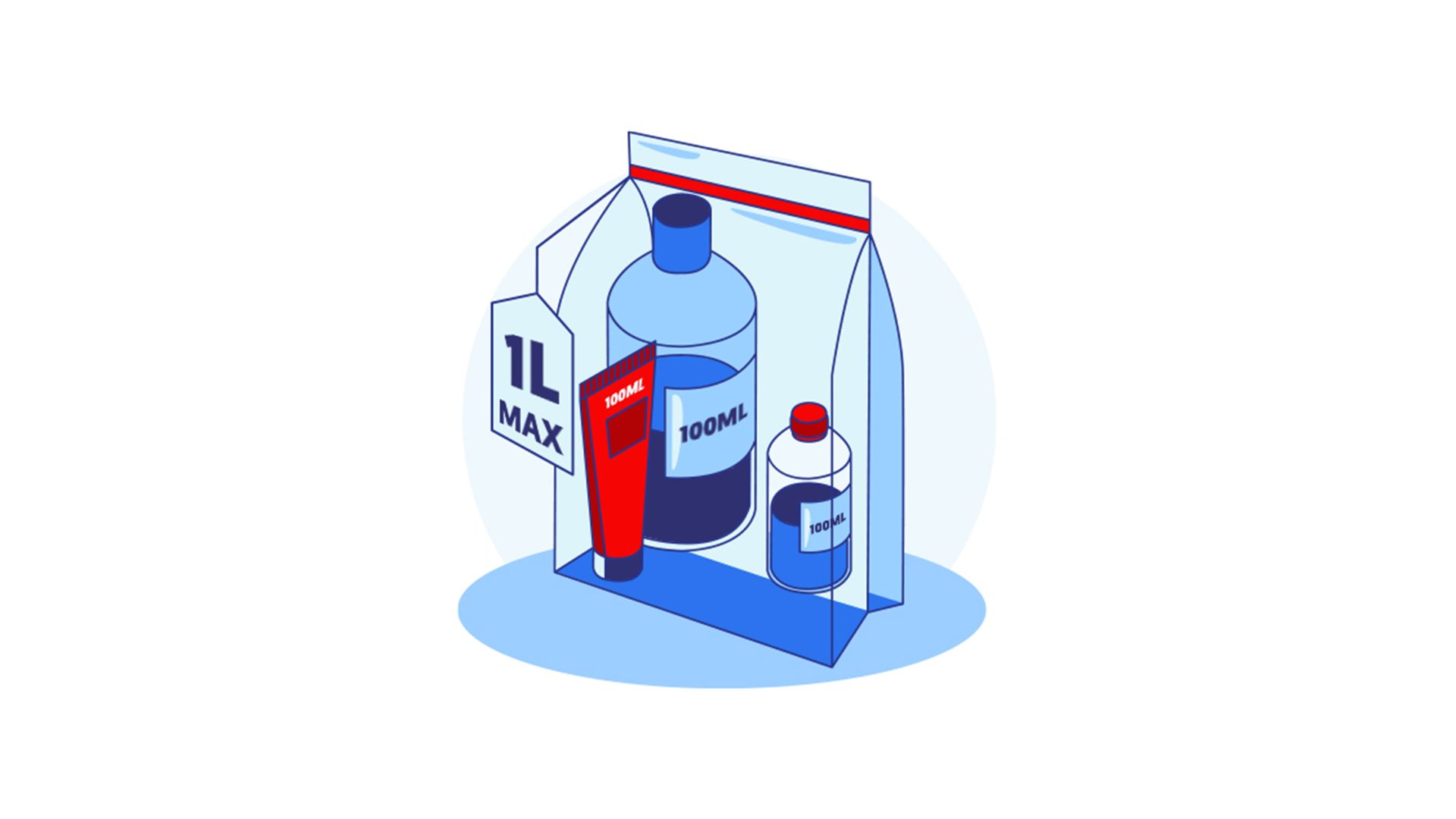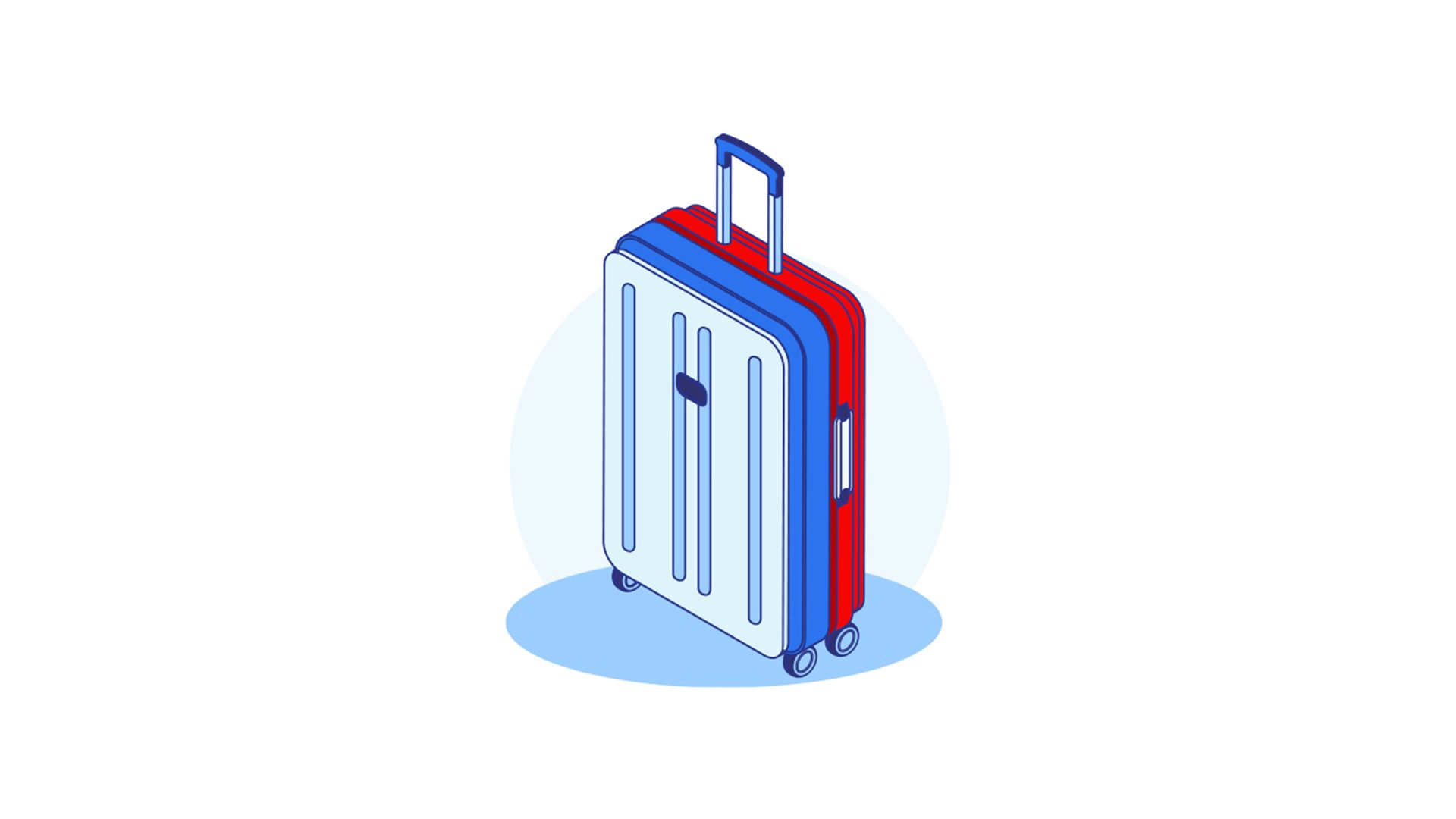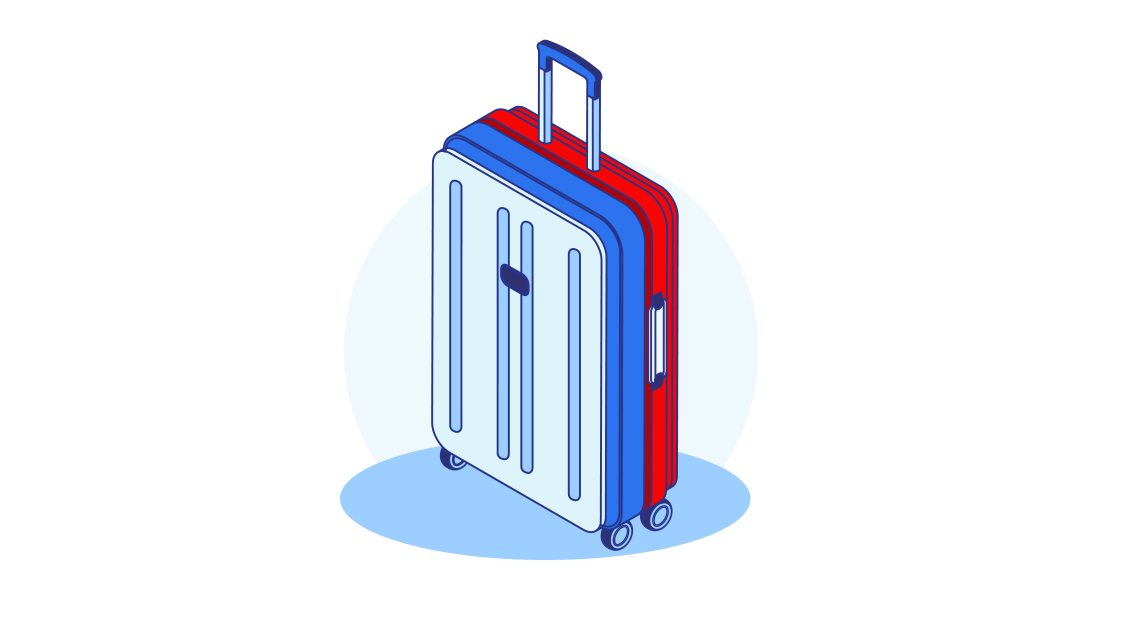How to transport liquids in baggage?
Planning to fly and intend to carry liquids with you, but not sure if you should pack them in your carry-on bag or leave them in your checked baggage? Wondering how to transport liquids on an airplane? Here is information on how to carry liquids in your carry-on and checked baggage.
How much liquid can you take on a plane?
Remember that how many liquids you can take on the plane depends on whether you intend to carry them in your checked baggage or hand baggage. When carrying liquids in your checked baggage, respect the weight and size limits you purchased with your ticket. Pay attention to the carriage of prohibited substances and take into account the individual restrictions of the country you are flying to.
The carriage of liquids in hand baggage is much more limited, both in terms of the volume and the type of liquid substance you can take on board the aircraft. The maximum volume is 100 ml ( 1 l.)
Haven't found an answer to your question? You can also use the Prohibited Items Browser provided by the Civil Aviation Authority.


